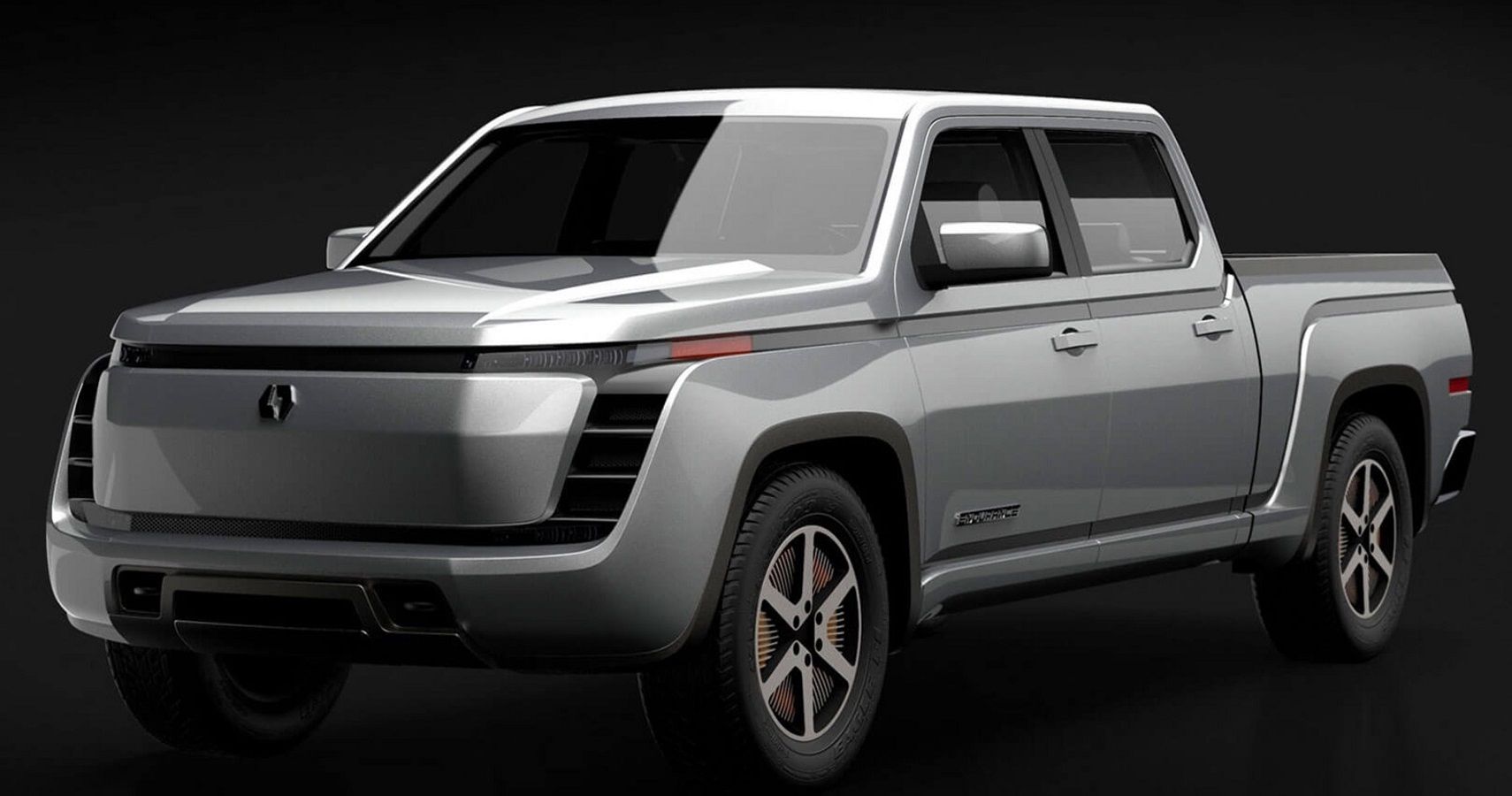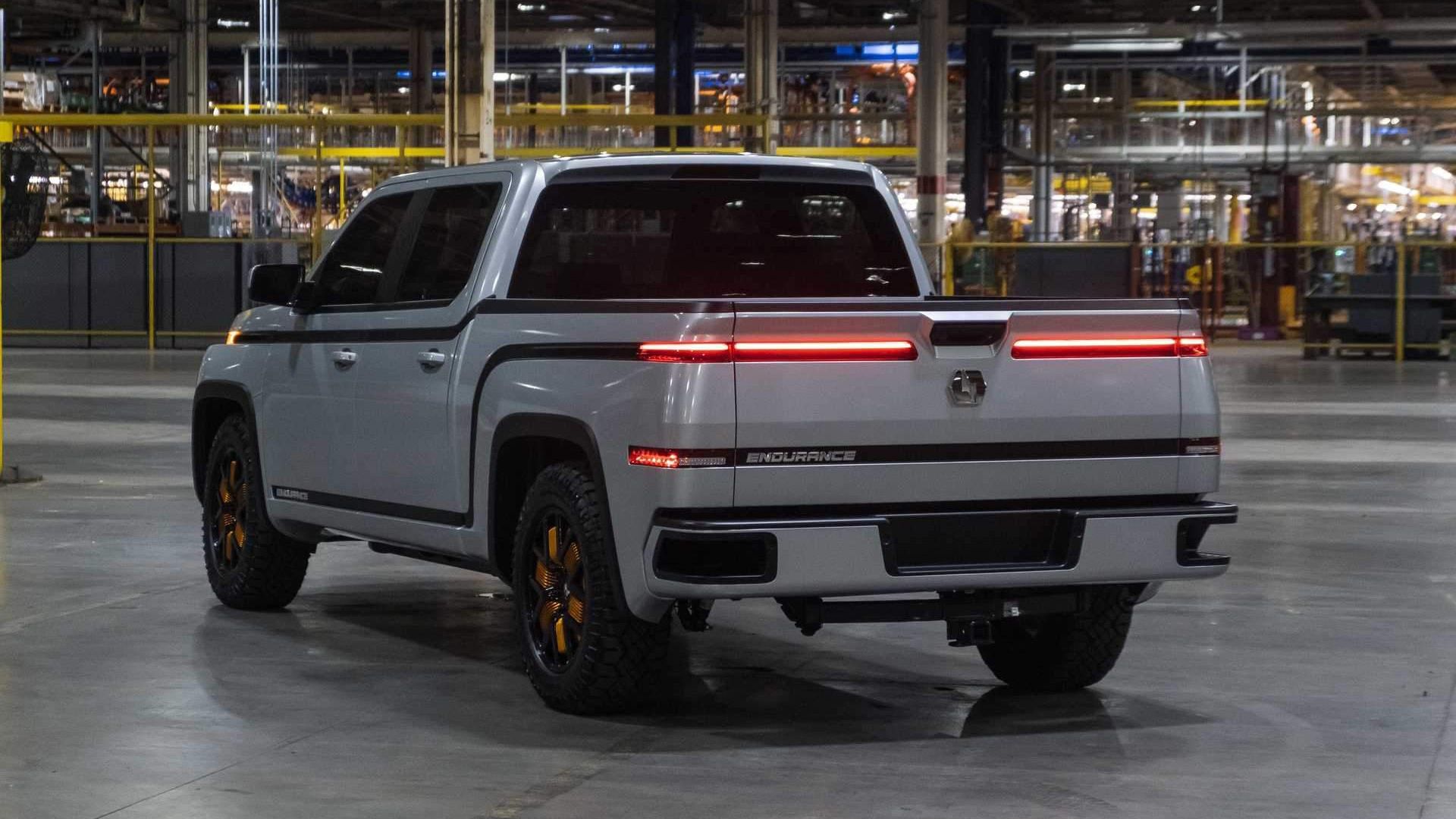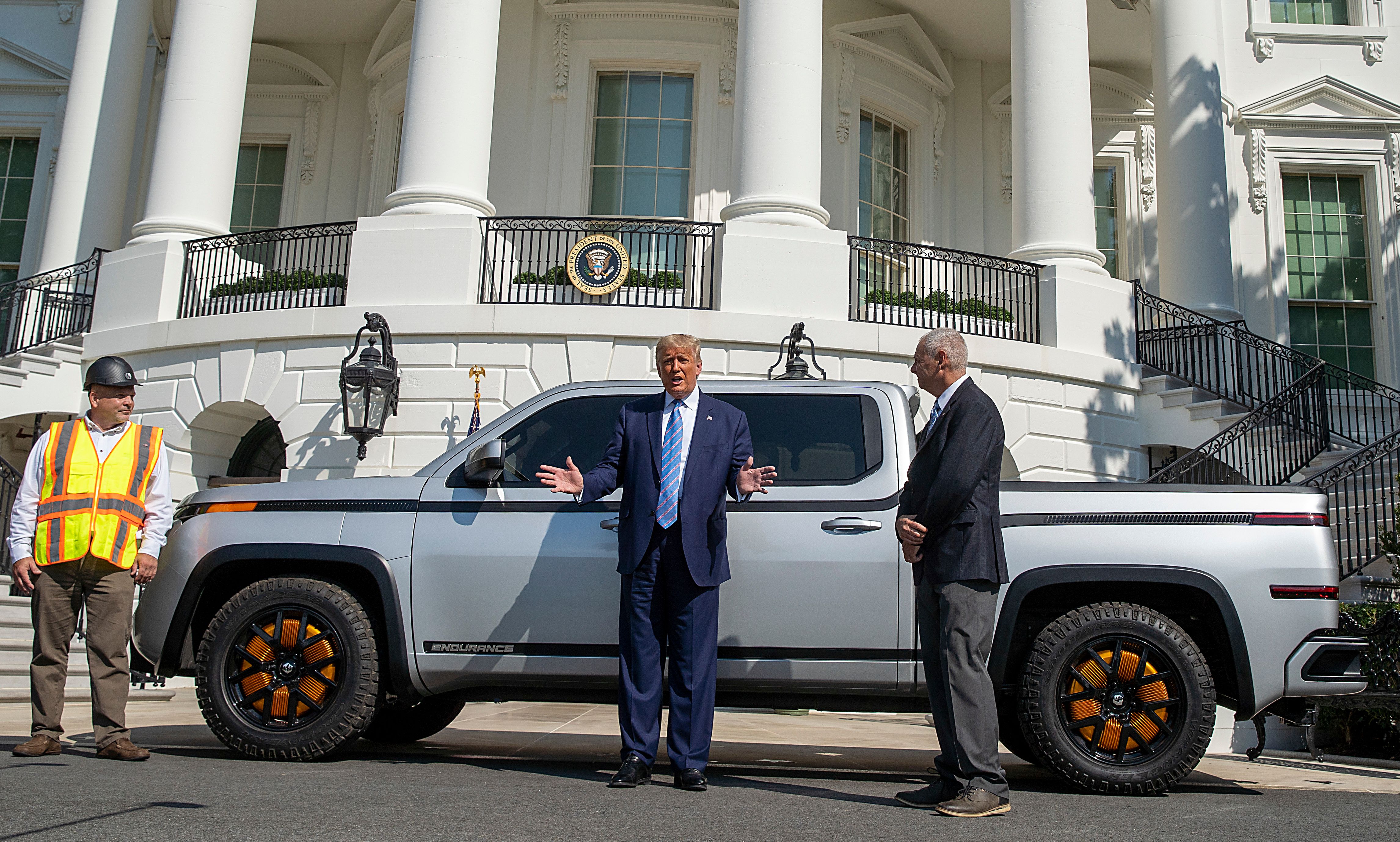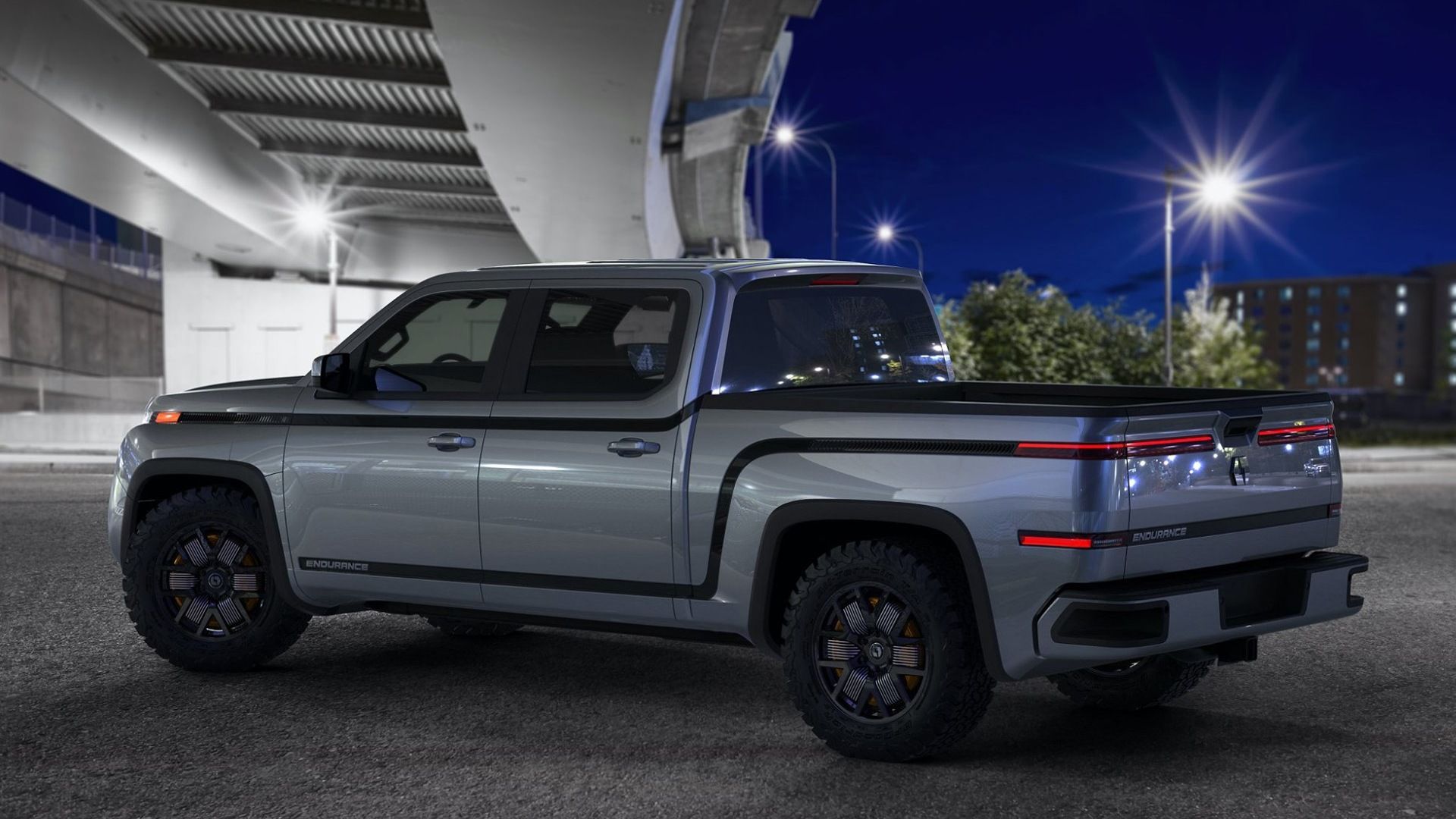Hindenburg Research is a small but effective firm that provides information for investors considering buying into--or betting against--emerging companies. In September 2020, Hindenburg Research accused Nikolai founder, Trevor Milton, of "intricate fraud" in a detailed report on the EV startup. The revelations resulted in a Securities and Exchange Commission (SEC) inquiry and Milton's resignation.
In March 2021, Hindenburg Research turned its attention to Lordstown Motors Corporation: an Ohio-based EV startup. The firm published a report titled "The Lordstown Motors Mirage," alleging that CEO Steve Burns was forced out of Workhorse Group for wasting money and missing deadlines before founding Lordstown. Hindenburg adds that investor confidence in Lordstown is built on Burns' boasts of 100,000 preorders for his upcoming electric truck--but argues that the "preorders" are nonbinding letters of intent, some dating from Burns' Workhorse days, which he coerced people to sign and is now misrepresenting. Lordstown Motors' stock value slumped when it lost the USPS next-gen delivery vehicle contract to Oshkosh, now the Hindenburg report appears to have sped this freefall.
Hindenburg's report is an extensive document featuring serious allegations of Lordstown's fraud. Burns' response, published as an interview in the Wall Street Journal, attempts to correct Hindenburg's "half-truths." In this article, we'll analyze the original report for information on the technical specifications, true timeline, and drastic upcoming changes to the Lordstown Endurance electric pickup truck.
CEO Burns' Has Missed Six Production Deadlines
Hindenburg Research points out that since Burns' time at Workhorse, his electric truck project has been plagued by delays. In May 2017 he claimed he would be going into production in early 2018. Then in early 2018, he said twice that he would be going into production by the end of the year. By February 2019, the Workhorse board of directors appeared to be fed up and asked Burns to leave.
General Motors cautiously offered Burns use of its Lordstown, Ohio plant (stipulating they would repossess the production facility if Burns' company folded) and Lordstown Motors was created. Burns' promises to put the people of Lordstown, Ohio back to work during a campaign year caught the attention of the press--and President Trump. During the storm of media coverage, Burns' promised to deliver trucks by Quarter Four of 2020, then moved the date to January 2021, and recently pushed the promise to September 2021.
The Endurance Truck Is Still Several Years Away
Engineering, designing, and testing a vehicle is a years-long process. A new automobile manufacturer must also create a consistent production-process to turn its green-lit prototype into a reliable vehicle. Then a final vehicle must pass government regulations, sometimes requiring further refinement.
It is no surprise that the evolving Endurance truck has been in design for over four years. If four years of R&D had resulted in a production-ready vehicle currently undergoing final crash tests, Burns' September 2021 delivery date might be believable. Unfortunately, we won't be seeing the Endurance anytime soon.
Hindenburg research interviewed former employees of Lordstown motors. The findings were grim: Lordstown has yet to build 10 prototypes. The Workhorse-era prototypes appear to no longer run. Trouble with these early trucks has led to "drastic" recent design changes. In January 2021 the company "switched from a plastic exterior to aluminum," a shift which will require new testing processes and manufacturing systems. Finally, it was revealed that Lordstown has yet to take any steps towards achieving the longterm cold weather testing, "million mile" durability test, and Federal Motor Vehicle Safety Standards. One former employee estimates the Endurance will not go into productions for "3-4 years, if ever."
Cost-Cutting Measures Are Concerning For Reliability
The Lordstown Motor Company advertises the Endurance as a dependable, American-built truck that will last forever. Central to the truck's design are four in-wheel hub motors and a solid rear axle (doing away with independent suspension) that could give the Endurance the distinction of being the motor vehicle with the least moving parts.
Burns guarantees that driving the Endurance 400,000 miles in eight years will cost less than $20,000--which includes the cost of both electricity and repairs! The company claims it will back these numbers up with an 8-year motor and battery warranty. We expect simpler electric drivetrains will lead to some of the most durable vehicles in history--and welcome any car or truck that lasts longer and saves people money. But former employee accounts suggest Burns' cost-cutting attempts have resulted in the use of cheap, dangerous components.
Lordstown claims much of its 600-HP all-electric pickup truck's superior performance and reliability will be due to its "revolutionary" in-wheel hub motors. Other vehicle manufactures have been attracted to the simplicity of hub motors but even Tesla has been unable to commercialize the technology in the light vehicle market. One challenge is that hub motors are unsupported by vehicle suspension and are thus jostled by every single bump in the road. When hub motors are mounted at the wheel, simply running over a curb could destroy one of the costly components. Another challenge is that hub motors are subjected to all the liquid and mud that splashes up from the road or trail surface.
A former employee told Hindenburg research that Burns chose his motor supplier because "it was cheap." Another insider added that the price Lordstown was offered was "crazy." But in May 2020, Lordstown entered an exclusive licensing agreement with a tiny Slovenian company called Elaphe. Elaphe's motors--manufactured in Slovenia and Hangzhou, China--have been passed up for use in other production vehicles and by 2019, the company had been forced into a round of layoffs.
In 2019, Burns announced he planned to produce all his batteries in the Lordstown plant. But a former employee claims that, years later, Burns has installed none of the equipment required to mass-produce batteries. Burns has no battery patents and hopes to copy Tesla batteries. Presently, employees are hand-assembling batteries for the trucks. This process is far from safe: ten minutes into its first road test--on January 13th 2021--the Lordstown Endurance prototype burst into flames and burned to the ground.
American tradespeople sorely need a dependable, cost-effective electric truck. Such a vehicle could save small business owners thousands of dollars each year. Someday, that pickup may be the Lordstown Endurance. But it seems we won't be seeing a reliable Endurance on the road anytime soon.
Sources: Hindenburg Research, The Wallstreet Journal




